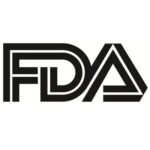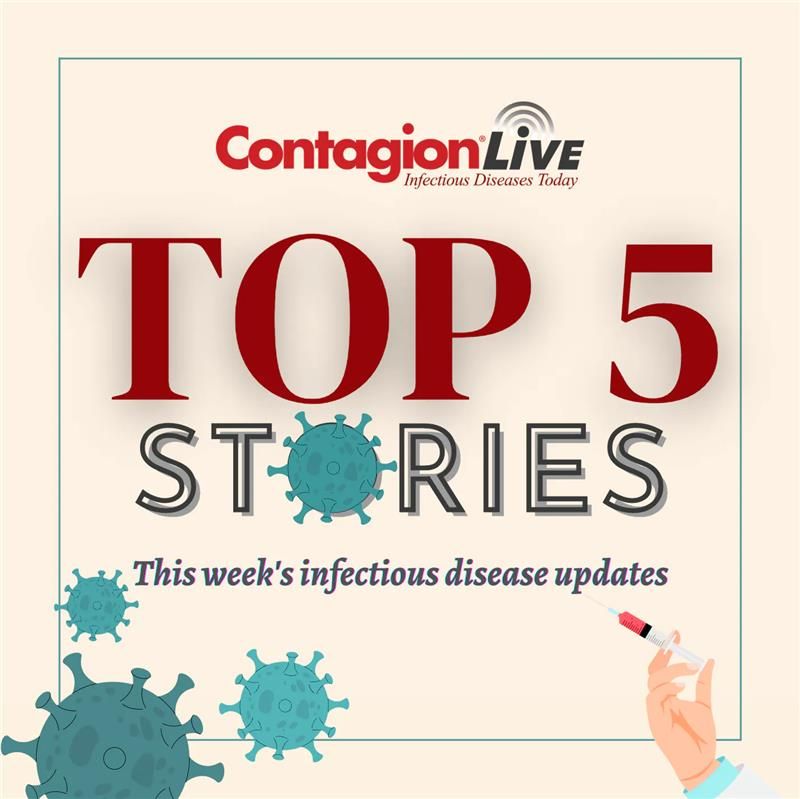Ruud Duijkers, MD, PhD, Department of Pulmonary Medicine, Northwest Hospital, Alkmaar, the Netherlands.
Image Credit: Ruud Duijkers

The randomized controlled trial1 comparing procalcitonin (PCT) or C-reactive protein (CRP)-guided antimicrobial treatment with standard care on the duration of antibiotic treatment for community-acquired pneumonia (CAP) emerged from a doctoral dissertation, successfully defended 2 just days before publication of the trial.
[To read more on the topic, check out the first part of this 2-part series.]
Ruud Duijkers, MD, PhD, Department of Pulmonary Medicine, Northwest Hospital, Alkmaar, the Netherlands, discussed the research, his findings, and the potential contribution of biomarker-guided antibiotic treatment to antibiotic stewardship with Contagion.
Contagion: Although the trial screened over 1400 patients for eligibility, and randomized 468 at 3 treatment sites to 30-day follow-up, it was not sufficiently powered to ascertain the safety of the shorter treatment associated with the biomarker-guided protocols. Was safety inferred from other data? Is a larger study planned to address that question?
Duijkers: We currently don’t have plans to perform a follow-up study to determine safety. This would require powering for mortality and thus require a large amount of test subjects.
Safety of the PCT algorithm has been established in a multitude of studies.However, in a lot of studies the algorithm is overruled by treating physicians in 30-40% of cases. Especially when it comes down to atypical infections, usefulness of PCT has been questioned.
For the CRP algorithm, I think a safety study is key before implementation.It is completely new and hasn’t been tested before, so it should prove itself on safety aspects.This would help with acceptance of treating physicians, trust in the biomarker algorithm and hopefully to less overruling of the algorithm in day-to-day-practice.
Contagion: Do you foresee increased use of biomarkers to guide antibiotic treatment?
Duijkers: I do believe biomarkers have the potential to streamline antibiotic prescription protocols.Other interventions have important drawbacks.Discontinuing antibiotics based on clinical stability criteria, for example, has been proven safe in allowing antibiotics to be discontinued after 5 days if patients recover well.However, in day-to-day practice, treatment duration often remains much longer than the 5 days.
The most striking example can be seen in the Netherlands where the treatment of 5 days if patients show good clinical recovery by day 3 has been part of the Dutch guidelines for 12 years. In our study, only 11% of patients in the control group were treated for 5 days. In a recent Dutch national study regarding antibiotic stewardship interventions, median treatment duration also was 8 days.
Contagion:Your concerns with other interventions meant to limit excessive durations of antibiotic treatment?
Duijkers: Antibiotic stewardship interventions often require a team, and they are costly and time consuming to implement. Furthermore, effects often dwindle after the stewardship program is discontinued.
Regarding reliance on rapid microbial tests, efforts have been made to implement multiplex PCR tests in emergency medicine departments and withhold antibiotics if only a viral pathogen is found. In day-to-day practice, physicians often treat these patients with antibiotics anyway, because they can’t be certain if there isn’t a co-infection with a bacterial pathogen.
My professor, Dr Marc Bonten, has tried to implement such a (PCR identification-guided) study, but ultimately abandoned the effort because it did not work.You can find more information in his blog post, which also discusses a similar study.
Contagion: Final thoughts on the potential of biomarker-guided antibiotic treatment?
Duijkers: Biomarkers are objective, easily obtainable and can mitigate of lot of these issues.I often compare it to diagnosing pulmonary embolism, where we also integrate biomarkers (d-dimer) into clinical assessment and risk scores.I firmly believe biomarkers can lead to individualized treatment protocols, instead of a one-size fits all approach.








